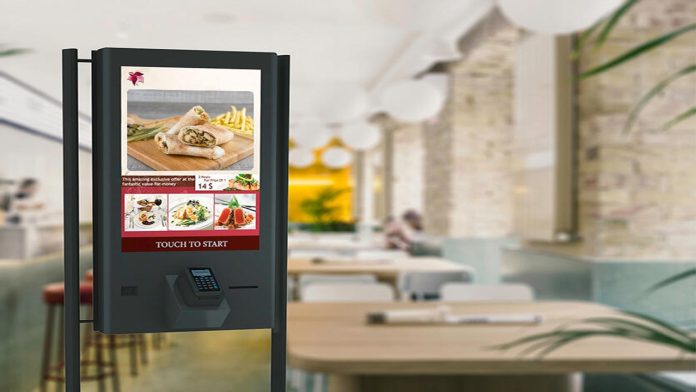Among the changes that have been witnessed in the restaurant industry the introduction of kiosks has brought so many changes in how activities are run and customers dealt with. These flexible devices can be adapted to various concepts of restaurants and help to increase productivity, optimize the work with clients, and increase sales. This article focuses on the use of restaurant kiosk in different categories of restaurants and other related eating places.
Fast-Casual Dining
Fast- casual restaurant depends on speed and convenience making kiosks an essential feature. Apart from that, customers can easily navigate through the lists of available foods, adjust their orders, and also make payments. This kind of model helps people avoid delays and enables employees to set aside time for preparing the orders and interacting with the clients. Besides, it can collect valuable customer information to understand the choice of meals and adjust the menu to new tendencies to continue the restaurants’ operative struggle.
Fast Food Restaurants (FFRs)
In quick-service environments, kiosks are particularly important in terms of efficiency. They help the customers to order their products without having to stand in a queue, which an especially helpful when there is a traffic rush. Some fast food restaurants also use kiosks for suggestions adding other options or combination meals from customers’ choice. This also improves the end-user experience as well as average order value which finally affects the profitability.
Fine Dining
Digital kiosks are not only great for fast food alone but can also improve fine dining. In fine dining restaurants, they can act as digital menus to take customers through the meals, wines, and chefs’ specials. This makes the technology to make the menu easy to browse hence creating an interactive environment for the consumers. At the same time, a kiosk can also act as a tool for reservation, therefore, simplifying the process of registration for the guests.
Buffets and Cafeterias
In buffet-style restaurants and cafeterias, for instance, kiosks can serve the purpose of self-serve islands. Customers can check in at the kiosks, get their table number, or order special items that may be required. They reduce confusion during operational busier periods and assist in flow balancing with others to guarantee all clients get the appropriate service. In addition, there are some more advantages of using kiosks namely the provision of nutritional values and allergic warnings, thereby encouraging wise selection of meals.
Food Trucks and Pop-Up Restaurants
Kiosks are also being embraced in other more flexible eating models such as food trucks and pop-up restaurants. Self-ordering stations can be compact and easily mobile in form, allowing a restaurant to place them for taking orders, accepting payments, and even displaying menus, virtually. This flexibility enables food vendors to run their businesses in different places and at the same time, they do not require many employees. Kiosks can also be used to collect customer information for marketing so that vendors can target their products according to location and demographic.
Conclusion
The use of kiosks in the restaurant business is quite flexible. Whether customers are ordering burgers from a fast food restaurant or a fancy Italian restaurant, these innovative tools complement customers’ dining experience and increase organizational effectiveness and efficiency. Owners can therefore transform the current kiosks to display the new needs of consumers in different restaurants and hence boost growth and profitability.










